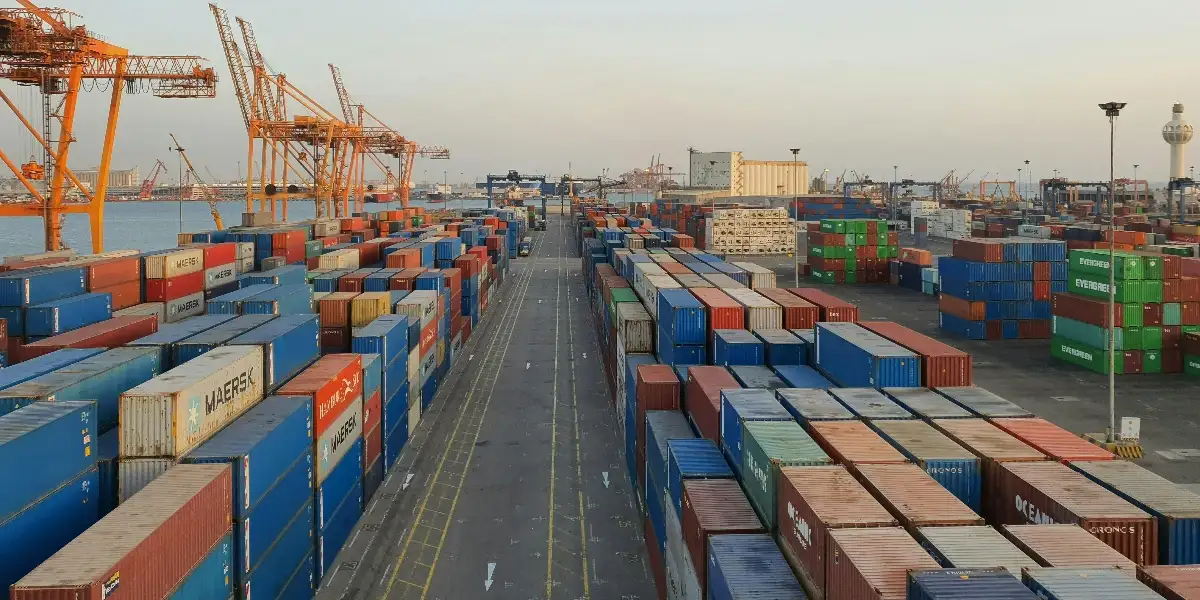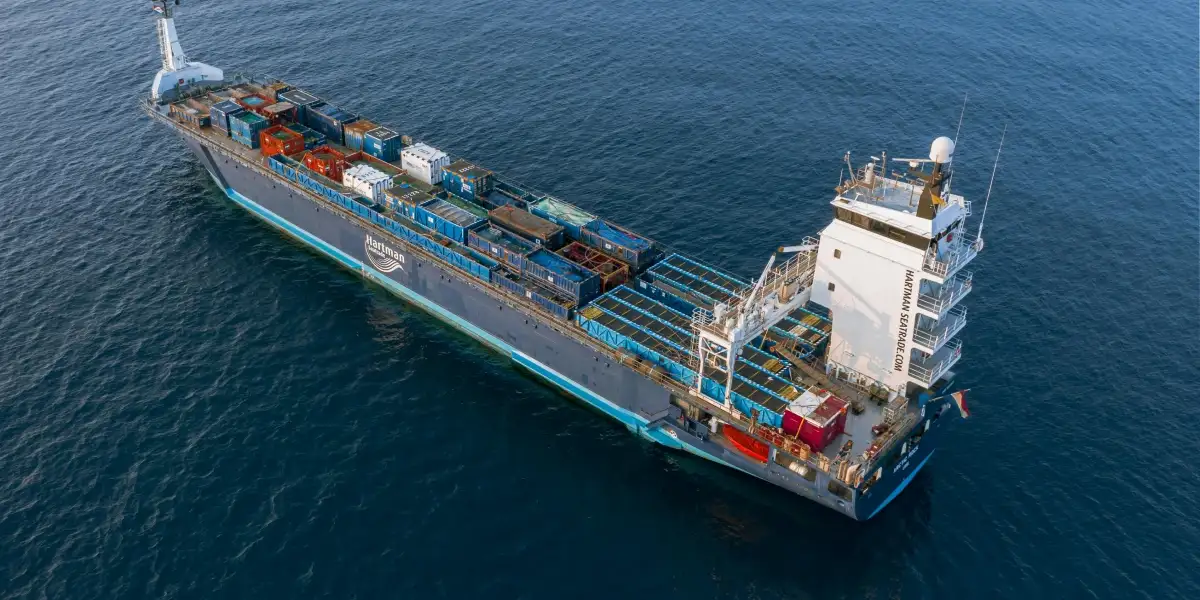Global Navigation Satellite System (GNSS)
Global Navigation Satellite System (GNSS) refers to satellite-based navigation systems such as GPS, GLONASS, and others, used in maritime shipping for accurate vessel positioning and navigation.
A Global Navigation Satellite System, abbreviated as GNSS, constitutes a constellation of satellites transmitting precise timing and orbital data. This network serves the purpose of navigation and positional measurement, which is crucial for determining the exact location of objects, such as vessels in maritime applications.
How Does GNSS Work?
GNSS operates by utilizing signals broadcasted by satellites, which are received and processed by GNSS receivers. These receivers calculate the location, velocity, and time information, enabling accurate navigation and positioning for various purposes, including maritime navigation.
Distinguishing GNSS from GPS
While GNSS is a generic term encompassing multiple satellite systems, GPS (Global Positioning System) is a specific system within the GNSS framework. GNSS represents a broader category, including other satellite constellations such as GLONASS, Galileo, and BeiDou.
Different GNSS Systems Being Used:
- Global Positioning System (GPS), United States:
- Initiated operations in 1978.
- Available for global use since 1994.
- Maintained by the United States Air Force.
- Global Navigation Satellite System (GLONASS), Russia:
- Began flight tests in 1982.
- Operational since 1993.
- Currently has 26 satellites, operated by the Russian Aerospace Defence Forces.
- Galileo, European Union:
- Developed by the European Space Agency.
- Operational since 2016.
- Currently operated by the European Space Agency (ESA) for the Space Programme (EUSPA).
- BeiDou Navigation Satellite System (BDS), China:
- First operational as a regional system in 2000.
- Provided global coverage since 2018.
- China has launched 55 satellites, with 35 believed to be operational.
- Indian Regional Navigation Satellite System (IRNSS), India:
- Constellation began orbiting in 2018.
- Seven satellites in the constellation
- Coverage area includes India and 1,500 km around the country.
- Quasi-Zenith Satellite System (QZSS), Japan:
- Operational since November 2018.
- A regional GNSS covering Asia-Oceanic regions.
- Consists of four satellites in its constellation.
Factors Influencing GNSS Accuracy
Several factors impact the accuracy of GNSS readings. Environmental conditions, satellite geometry, and signal interference can affect the precision of positioning data. Understanding these factors is essential for optimizing GNSS accuracy in maritime navigation.







